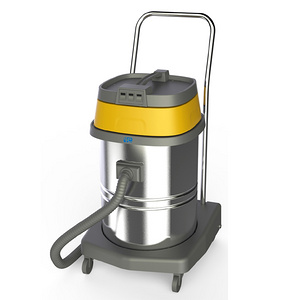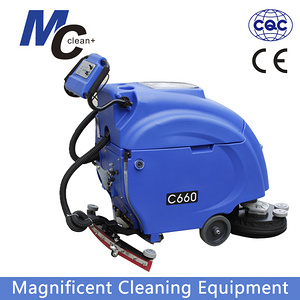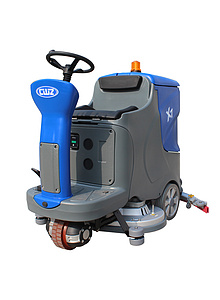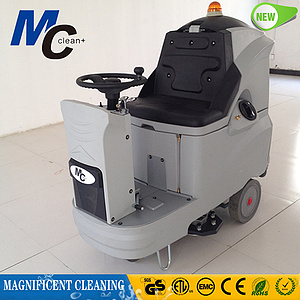Staff toilets are 'sub-standard' at one in five small businesses
Category:Data
Key Words:research, toilets, washrooms
Time:2016-03-03 10:12
Hot News
Recommended Products

LC80-3 LICHI 80L Three-motor stainless steel wet and dry vacuum cleaner(tilt)
Inquiry Guangzhou Haotian Cleaning Equipment Technology Co., Ltd.
LC60-3 LICHI 60L Three-motor stainless steel wet and dry vacuum cleaner
Inquiry Guangzhou Haotian Cleaning Equipment Technology Co., Ltd.
MC C660 battery powerd floor scrubber floor cleaning machine with dual brushes
Inquiry Suzhou Magnificent Cleaning Equipment Co.,Ltd.
Abrasive Brushes Antique Brushes for Marble Diamond Abrasive Brush
Inquiry Anhui Huanmei Brush Co.,Ltd.
Warehouse Used Multifunctional Automatic Electric Floor Scrubber (X7)
Inquiry Nantong Weizhuo Enviromental Protection Equipment Co., Ltd

RD660B automatic ride on floor scrubber floor cleaning machine
Inquiry Suzhou Magnificent Cleaning Equipment Co.,Ltd.



























